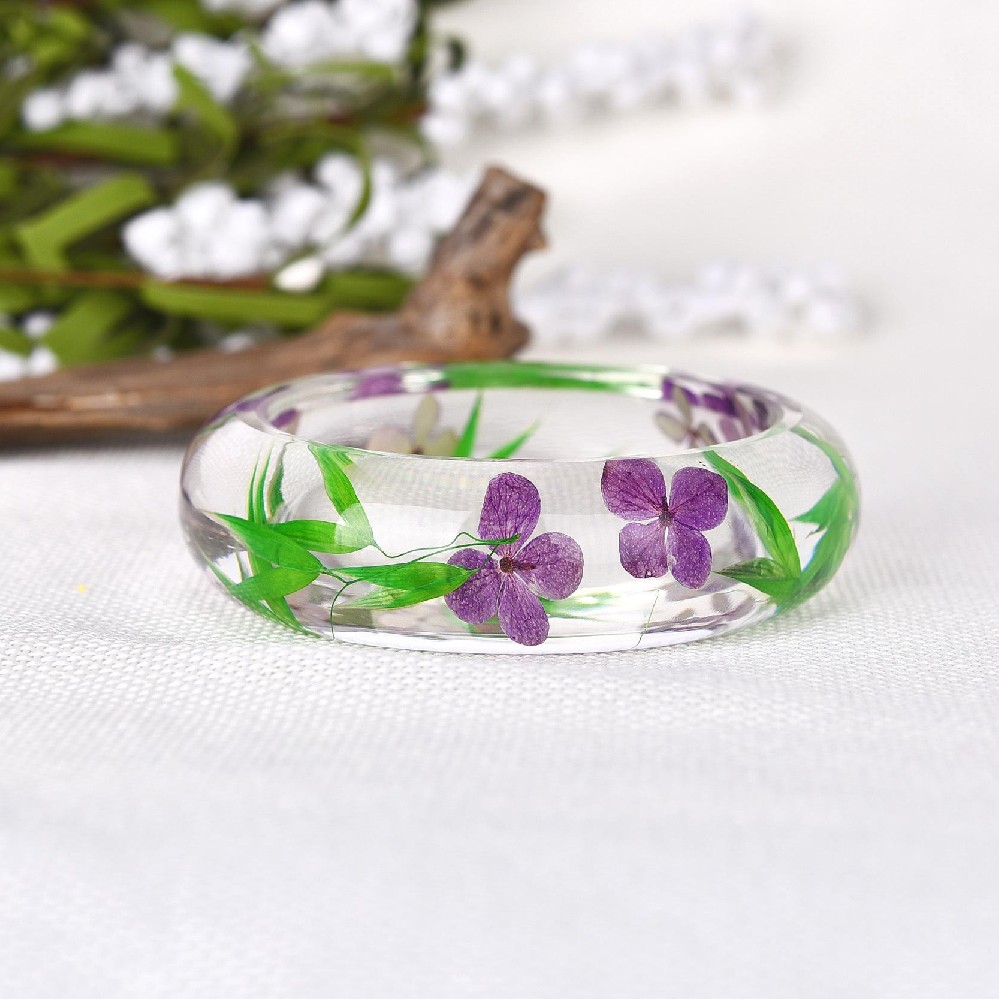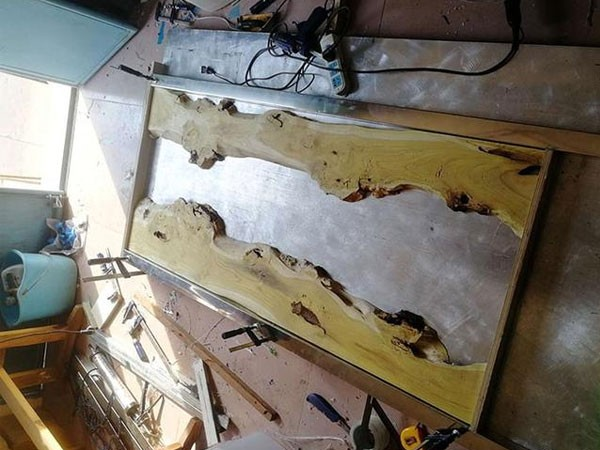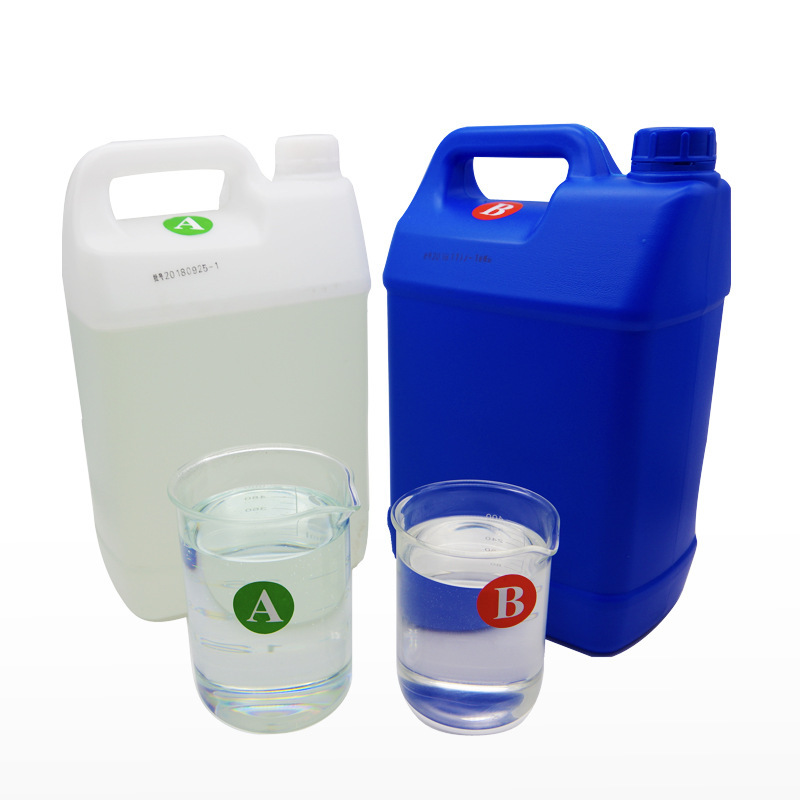

The Components of Epoxy Resin AB Glue,What are the Specific Components of AB Glue?
I. Components of Epoxy Resin AB Glue
Epoxy resin AB glue refers to the general term for compounds that contain two or more epoxy groups in one molecular structure and can form a three-dimensional cross-linked cured compound under appropriate chemical reagents and suitable conditions. There are many types of them. According to the chemical structure, they can be classified into glycidyl ether type, glycidyl ester type, glycidyl amine type, alicyclic epoxy resin, epoxy resin containing inorganic elements, new types of epoxy resins (such as hydantoin epoxy resin, imide epoxy resin, etc.). Among various epoxy resins, bisphenol A epoxy resin is a large variety with high production volume and wide application. According to its molecular weight, it can be divided into low, medium, high, and ultra-high molecular weight epoxy resins (phenoxy resin). Low molecular weight resins can be cured at room temperature or at high temperature, but high molecular weight epoxy resins must be cured at high temperature, and ultra-high molecular weight phenoxy resins do not require a curing agent and can form a tough film at high temperatures.
II. What are the Specific Components of AB Glue
The main components of AB glue are polyacrylate and epoxy resin. Usually, AB glue is divided into two components. One component is in the form of small molecules of the polymer, and the other component is the curing agent and filler. The curing agent is mixed into the polymer to initiate the polymerization reaction, and the filler plays a role in adjusting the reaction rate and the physical properties of the cured glue.
AB glue is another name for two-liquid mixed hardening glue. One liquid is the base glue, and the other liquid is the hardener. The two liquids must be mixed to harden. It does not rely on temperature for hardening and curing, so it is a type of room-temperature hardening glue.







